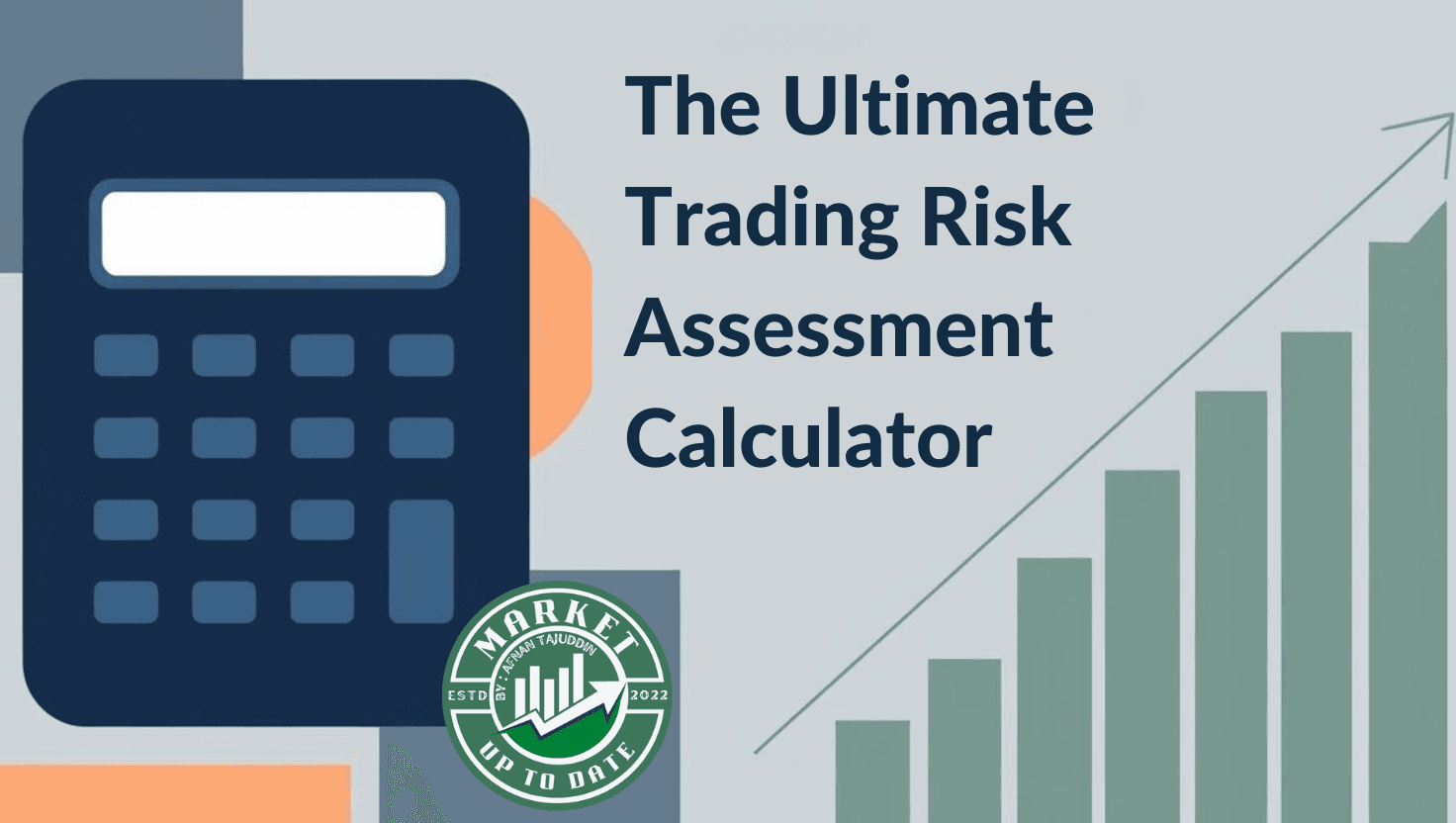Demand and supply zones are price areas where the market forces of demand and supply interact and create imbalances that drive the price movement. These zones are based on the concept of unfilled orders of smart money, which are large institutional investors who have the power to influence the market direction.
In this article, we will explore the concepts of demand and supply zones, how they are formed, the components involved, and the various types of demand and supply zones.
What are Demand and Supply Zones?
Demand and supply zones are not single price levels, but rather broad areas where the price creates a base and then moves away sharply. These zones indicate the presence of unfilled orders of smart money, which act as magnets for the price.
A demand zone is a zone where there is high liquidity in a price area and traders usually trade using buy orders. The demand zone has the highest buying potential which is present below the current stock price. When the price hits this level, several buy orders get completed and push up the price.
A supply zone is a zone where there is high liquidity in a price area and traders usually trade using sell orders. The supply zone has the highest selling potential which is present above the current stock price. When the price hits this level, several sell orders get completed and bring down the price.
Understanding Candle Basics: A Brief Overview
Before delving into the components of demand and supply zones, it’s crucial to have a basic understanding of candle formations. The formation of a candle represents a visual record of price fluctuations over a specific time period. Whether it’s a one-minute candle capturing the price changes within a minute or a daily/weekly candle summarizing the entire day’s or week’s trading activity, each candle provides valuable insights into market dynamics.

- Open and Close:
- The open denotes the stock price at the beginning of the time period (e.g., minute, day).
- The close reflects the last recorded price at the end of that time period.
- Wicks (Shadows or Tails):
- The wicks represent the highest and lowest recorded prices from the open to close.
- They provide insights into the price volatility and the range within which the market fluctuated.
Bullish and Bearish Candles:
- Bullish Candle:
- Definition: A bullish candle forms when the closing price is higher than the opening price.
- Visual Representation: Typically displayed with a green body, though charting platforms often offer customization options.
- Bearish Candle:
- Definition: A bearish candle is formed when the closing price is lower than the opening price, indicating a price drop during the candle’s formation.
- Visual Representation: Usually shown as a red candle on most platforms to signify bearish sentiment.
High and Low Represent Power Dynamics:
- High of the Candle:
- Represents the maximum effort of bulls during that time period.
- Whether it’s the tip of the wick at the top or if the body closes at the top, it signifies the peak strength of bullish activity.
- Low of the Candle:
- Represents the limit of how strong the bears were during that session.
- The lowest price in the candle indicates the extent of bearish influence in the market.
By understanding these basic principles of candlestick analysis, traders gain insights into the power dynamics between bulls and bears, laying a foundation for comprehending more advanced concepts such as demand and supply zones.
3 Types of Candle Patterns & 3 Components of Demand and Supply Zones
3 Types of Candle Patterns
Understanding the components of demand and supply zones involves recognizing distinct candle patterns that signify different phases of market dynamics. Here are the three types of candle patterns crucial to comprehending these zones:
Rally Candle:
- Description: A rally candle is an imbalance candle characterized by a significant upward movement, indicative of strong bullish sentiment.
- Criteria:
- The body of the rally candle should be larger than 50% of the entire candle, emphasizing the dominance of buyers.
- The rally candle should exhibit an explosive range, depicting a substantial price movement to the upside.
Drop Candle:
- Description: A drop candle represents an imbalance candle where the price moves downward, signaling bearish sentiment.
- Criteria:
- The body of the drop candle should be larger than 50% of the entire candle, highlighting the influence of sellers.
- Similar to the rally candle, the drop candle should have an explosive range, indicating a significant downward price movement.
Base Candle:
- Description: The base candle serves as a balance candle, indicating a period of consolidation where the market finds equilibrium between buyers and sellers.
- Criteria:
- The base candle can be either bullish or bearish but is characterized by a small body.
- It should have a smaller range compared to rally or drop candles, signifying a consolidation phase with less pronounced price movement.

Invisible Rally and Drop Candles:
- If there’s a gap up or down candle, consider taking the open of the gap as the closing price of the previous candle.
- In gap-up scenarios, if the range from the previous close to the current close resembles a Rally, treat it as an Invisible Rally Candle.
- In gap-down scenarios, if the strength from the current close to the previous candle’s low resembles a Drop Candle, consider it an Invisible Drop Candle.

3 Components of Demand and Supply Zones:
Understanding how these candle patterns come together is essential for identifying demand and supply zones. The three key components are as follows:
1. Leg-In Candle:
- Role: The leg-in candle marks the initiation of zone formation.
- Characteristics:
- It can be either a rally or drop candle, representing the starting point of the zone.
- Typically, it is a single candle indicating the beginning of a potential price imbalance.
2. Base:
- Role: The base is a crucial middle phase in the formation of a demand or supply zone.
- Characteristics:
- The base consists of one to a maximum of six base candles.
- Base candles are characterized by small bodies and a small range, reflecting a period of consolidation in the market.
3. Leg-Out Candle:
- Role: The leg-out candle signifies the completion of zone formation.
- Characteristics:
- Similar to the leg-in candle, it can be either a rally or drop candle.
- It is a single candle indicating the endpoint of the demand or supply zone.
Understanding these components provides traders with valuable insights into market dynamics, allowing for more informed decision-making during the trading process.
Theory of Wyckoff : Accumulation, Markup, Distribution, and Markdown
Richard Wyckoff was a great trader who developed a method of technical analysis based on the principles of supply and demand and market cycles, price action. He was born in 1873 and started his trading career at the age of 15. He died in 1934, leaving behind a legacy of valuable insights and teachings for traders and investors.
According to the theory of Wyckoff, there are four phases in the market cycle: accumulation, markup, distribution, and markdown. These phases reflect the actions of smart money as they buy low, sell high, and manipulate the market sentiment.
- Accumulation: Smart money buys the asset at a low price, forming a strong demand zone.
- Markup: Smart money drives the price up, making profits from their positions.
- Distribution: Smart money sells the asset at a high price, forming a strong supply zone.
- Markdown: Smart money exits the market, causing the price to decrease.
- Additionally, there can be sub-phases within each main phase:
- Re-accumulation: A pause in the markup phase where smart money adds more positions, creating a mini demand zone.
- Re-distribution: A pause in the markdown phase where smart money unloads more positions, creating a mini supply zone.

Four Patterns of Demand and Supply Zones – Continuation and Reversal Patterns
As we mentioned earlier, there are four phases in the market cycle: accumulation, markup, distribution, and markdown. These phases reflect the actions of smart money as they buy low, sell high, and manipulate the market sentiment.
However, it’s important to understand that there can be several periods of accumulation during an uptrend and several periods of distribution during downtrends. This means that, just like in classic technical analysis price patterns, there are supply and demand continuation patterns and supply and demand reversal patterns.
If you see RBD that means in smaller time frame there is a distribution, if you see DBR then in smaller timeframe it is an accumulation, if you see DBD the in smaller time frame there is a re distribution, similarly if you see RBR then in smaller time frame it is a re accumulation. This means that the demand and supply zones in the larger time frame are composed of smaller sub-phases in the smaller time frame.

2 continuation patterns : DBD and RBR
A continuation pattern is a situation in a stock’s chart which is created using two types – drop-base-drop (DBD) and rally-base-rally (RBR). In the creation of a supply and demand pattern, DBD and RBR are observed. The RBR pattern refers to the re-accumulation pattern, which signifies a pause in the markup phase. Conversely, the DBD pattern represents the re-distribution pattern, indicating a pause in the markdown phase.
Drop-base-drop (DBD)
A drop-base-drop (DBD) pattern is a bearish continuation pattern, which indicates that the price is in a downtrend and is likely to continue moving lower. A DBD pattern consists of three parts: a drop, a base, and another drop. The drop is a strong downward movement that creates a supply zone. The base is a sideways movement that creates a consolidation zone. The second drop is another strong downward movement that breaks below the base and creates another supply zone.
If you see a DBD pattern in the daily chart, it means that the price dropped down, then consolidated for a few days, and then dropped down again. This indicates that smart money sold more of the asset and created a stronger supply zone in the daily chart. But if you zoom in and go to the 15-minute chart, you can see that the base candles in the daily chart are actually a re-distribution phase in the smaller time frame, where smart money tested the market sentiment and adjusted their positions before continuing the markdown.

Rally-base-rally (RBR)
A rally-base-rally (RBR) pattern is a bullish continuation pattern, which indicates that the price is in an uptrend and is likely to continue moving higher. An RBR pattern consists of three parts: a rally, a base, and another rally. The rally is a strong upward movement that creates a demand zone. The base is a sideways movement that creates a consolidation zone. The second rally is another strong upward movement that breaks above the base and creates another demand zone.
If you see a RBR pattern in the daily chart, it means that the price rallied up, then consolidated for a few days, and then rallied up again. This indicates that smart money bought more of the asset and created a stronger demand zone in the daily chart. But if you zoom in and go to the 15-minute chart, you can see that the base candles in the daily chart are actually a re-accumulation phase in the smaller time frame, where smart money tested the market sentiment and adjusted their positions before continuing the markup.

2 Reversal pattern patterns : DBR and RBD
A reversal pattern is a situation in a stock’s chart which is created using two types – drop-base-rally (DBR) and rally-base-drop (RBD). In the creation of a supply and demand pattern, DBR and RBD are observed. DBR pattern is accumulation pattern while RBD pattern is distribution pattern both are reversal patterns
Drop-base-rally (DBR)
A drop-base-rally (DBR) pattern is a bullish reversal pattern, which indicates that the price is in a downtrend and is likely to reverse and move higher. A DBR pattern consists of three parts: a drop, a base, and a rally. The drop is a strong downward movement that creates a supply zone. The base is a sideways movement that creates a consolidation zone. The rally is a strong upward movement that breaks above the base and creates a demand zone.
if you see a DBR pattern in the daily chart, it means that the price dropped down, then consolidated for a few days, and then rallied up. This indicates that smart money bought the asset at a low price and created a demand zone in the daily chart. But if you zoom in and go to the 15-minute chart, you can see that the base candles in the daily chart are actually an accumulation phase in the smaller time frame, where smart money bought more of the asset and created more demand. Before and after the base, there is a rally candle, which in the smaller time frame looks like a markup.

Rally-base-drop (RBD)
A rally-base-drop (RBD) pattern is a bearish reversal pattern, which indicates that the price is in an uptrend and is likely to reverse and move lower. An RBD pattern consists of three parts: a rally, a base, and a drop. The rally is a strong upward movement that creates a demand zone. The base is a sideways movement that creates a consolidation zone. The drop is a strong downward movement that breaks below the base and creates a supply zone.
if you see a RBD pattern in the daily chart, it means that the price rallied up, then consolidated for a few days, and then dropped down. This indicates that smart money sold the asset at a high price and created a supply zone in the daily chart. But if you zoom in and go to the 15-minute chart, you can see that the base candles in the daily chart are actually a distribution phase in the smaller time frame, where smart money sold more of the asset and created more supply. Before and after the base, there is a drop candle, which in the smaller time frame looks like a markdown. This is just an example to illustrate the concept.

Drawing Effective Zones: Mastering the Proximal and Distal Lines
To draw zones effectively and make informed trading decisions, it’s crucial to understand the significance of the proximal and distal lines. These two lines play distinct roles in defining entry points and stopping points within a trade, creating a structured approach to zone plotting.
Drawing Support Zones: DBR & RBR
- Upper Line (Proximal Line):
- Drawn from the highest body part of the base candle.
- Represents the entry point into a trade within a support zone.
- Lower Line (Distal Line) in DBR:
- Drawn from the lowest wick of legging, base, or leg-out candles in the Demand Zone with Rally.
- Defines the stopping point for the trade, providing a clear boundary.
- Lower Line (Distal Line) in RBR:
- Drawn from the lowest wick of the base or leg-out candle in the Demand Zone with a Rally.
- Establishes the stopping point for the trade, setting a precise limit.

Drawing Resistance Zones: RBD & DBD
- Lower Line (Proximal Line):
- Drawn from the lowest body part of the base candle.
- Marks the entry point into a trade within a resistance zone.
- Upper Line (Distal Line) in RBD:
- Drawn from the highest wick of legging, base, or leg-out candles in the Resistance Zone with Drop.
- Specifies the stopping point for the trade, delineating a clear boundary.
- Upper Line (Distal Line) in DBD:
- Drawn from the highest wick of the base or leg-out candle in the Resistance Zone with a Drop.
- Sets the stopping point for the trade, providing a well-defined limit.

Optimizing Zone Drawing:
- Zones are drawn from the body to the wick, a strategic choice to reduce risk.
- Drawing from wick to wick may increase the size of zones and subsequently, risk.
By adhering to these rules and understanding the role of proximal and distal lines, traders can enhance their ability to plot effective support and resistance zones. This structured approach not only refines entry and exit points but also contributes to a comprehensive risk management strategy.
Conclusion
In conclusion, demand and supply zones are powerful tools for traders and investors who want to understand the market forces and the actions of smart money. By identifying the rally, base, and drop components of these zones, we can determine the phases of the market cycle and the potential price movements.
I hope this explanation helps you understand the concept of smart money demand and supply zone better.
If you want to plot demand and supply zones on your chart automatically, check out our Demand and Supply Zone indicator on TradingView by clicking here Link to TradingView Script. If you are interested in purchasing it, visit our subscription page by clicking here Link to Subscription Page. This powerful tool can enhance your trading experience and assist you in identifying key levels for potential price movements.




